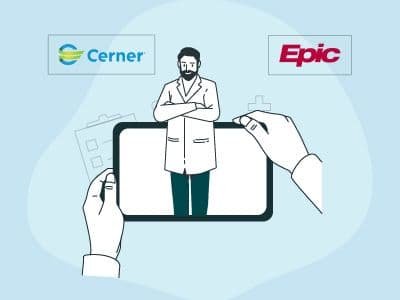The Best ECLIPSE EHR Alternatives
Compare
Compare
Compare
Compare
Add to Compare
Add to Compare
Add to Compare
Add to Compare
Add to Compare
Select up to 2 products
Compare Features
Feature List | ECLIPSE EHR |  athenaOne | AdvancedMD EHR |  ModMed EMR |  ChiroTouch |
|---|---|---|---|---|---|
Appointment Management/Scheduling | |||||
e-Prescriptions | |||||
Lab Integration | |||||
Patient Portal | |||||
Mobile App | |||||
Telemedicine | |||||
Billing and Invoicing | |||||
Claims Management | |||||
Customizable Forms | |||||
Patient Demographics |











